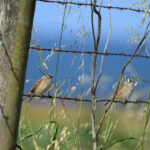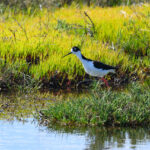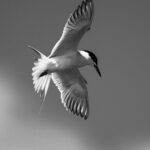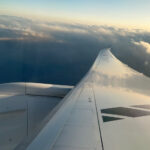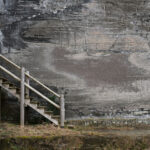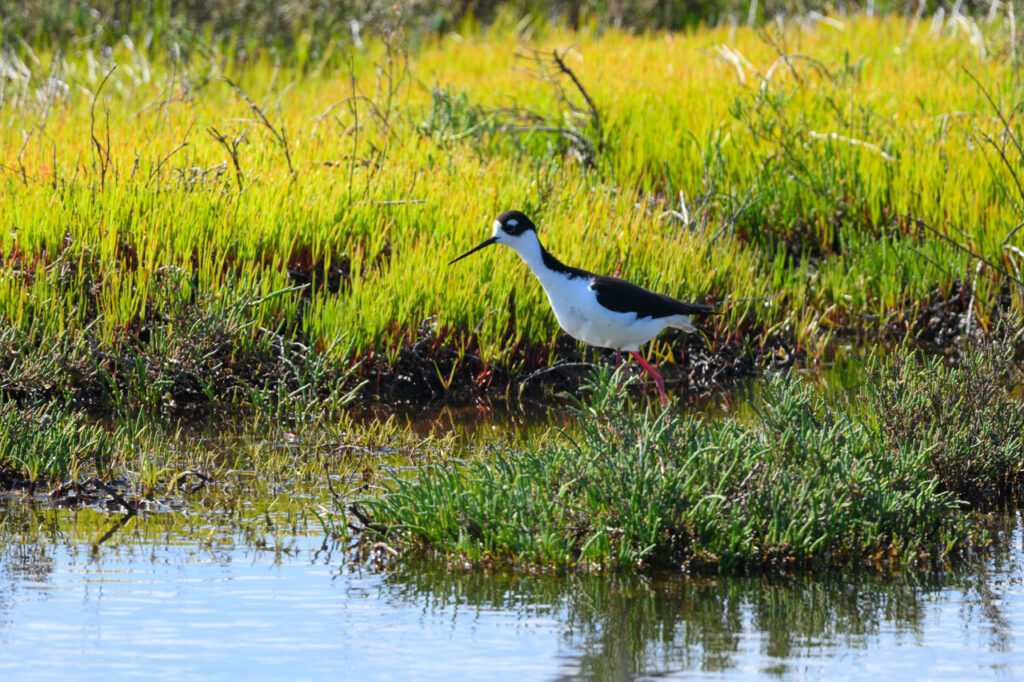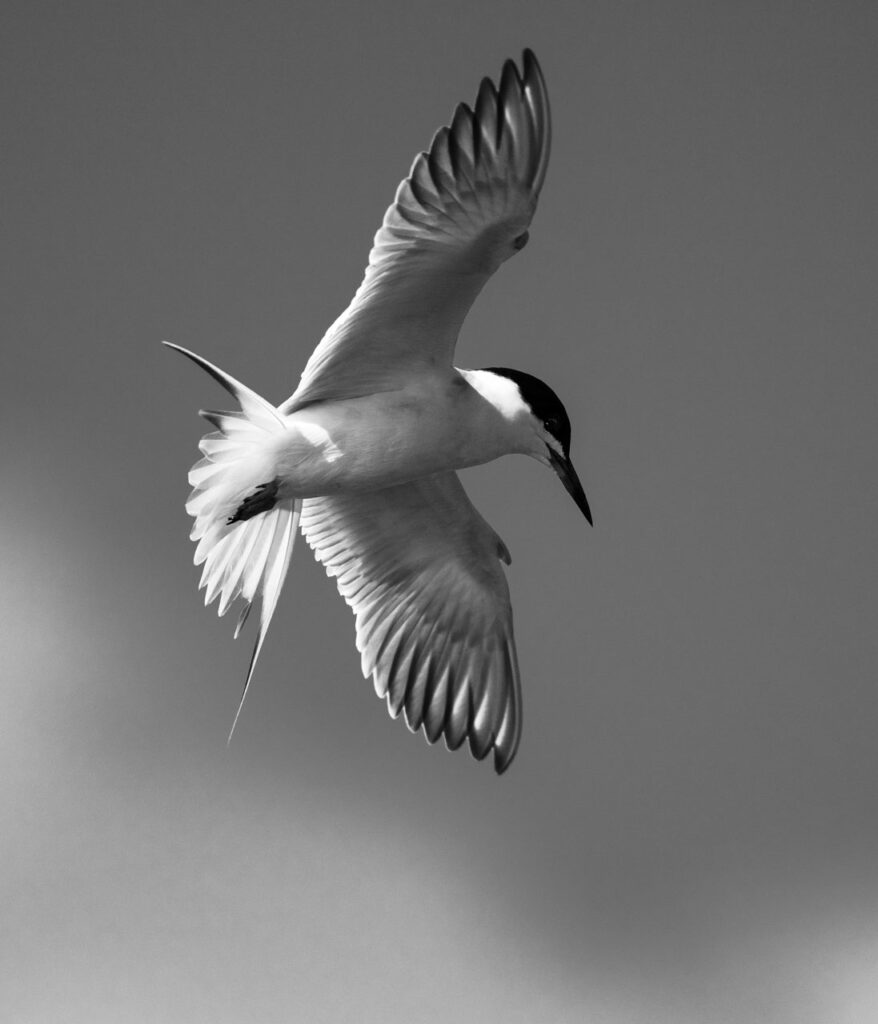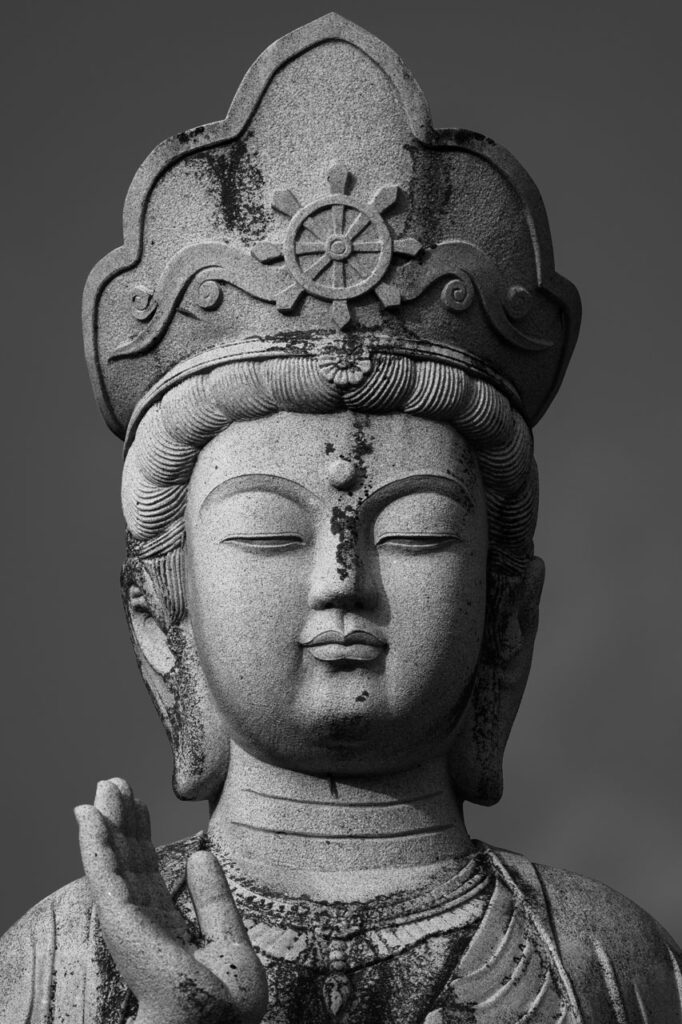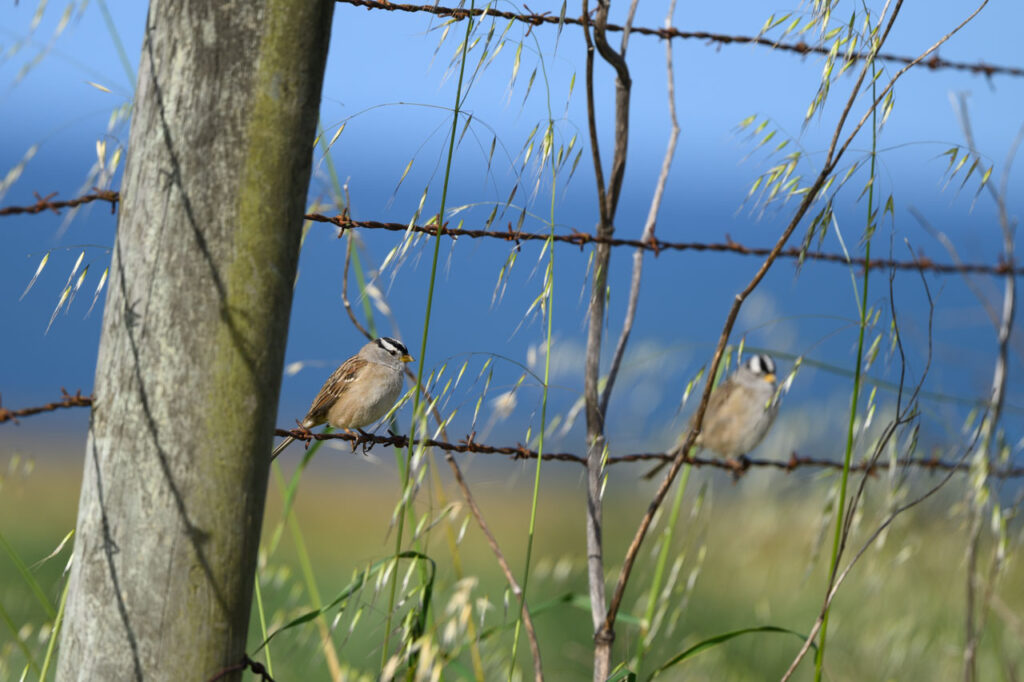
東よか干潟 2日目 / Higashi-yoka tidal flat day 2
I had not originally planned to go, but when a fellow birder from Yamaguchi came on an expedition, I decided to join him and give it another try. Since the tide level was higher than yesterday, I could expect better conditions at high tide. Of course, this time I wore rubber boots.
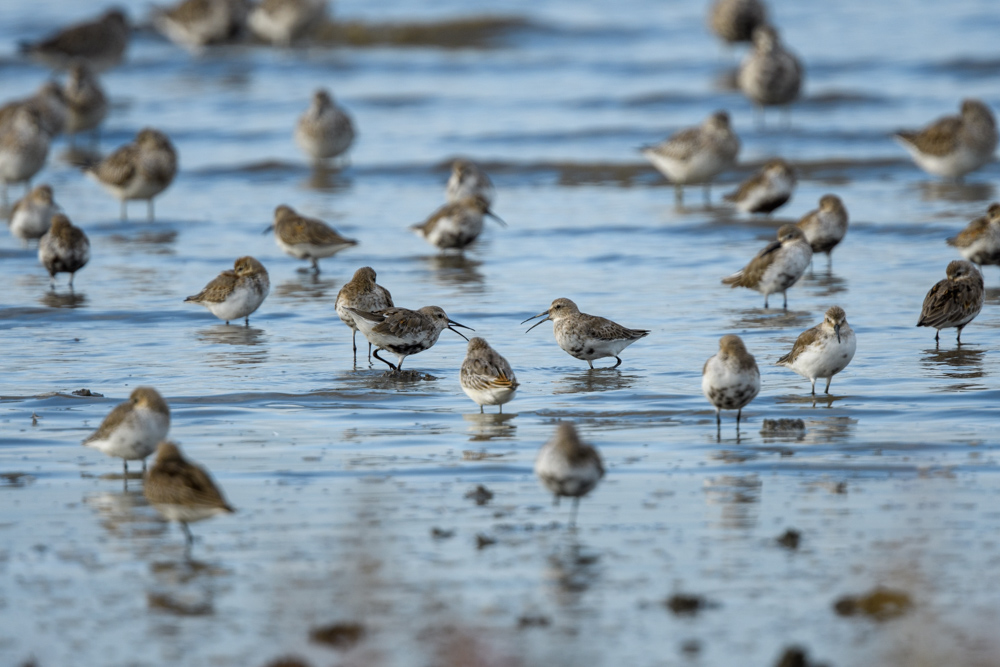
I found a tagged individual in a group of Dunlins. I wonder where it was tagged.
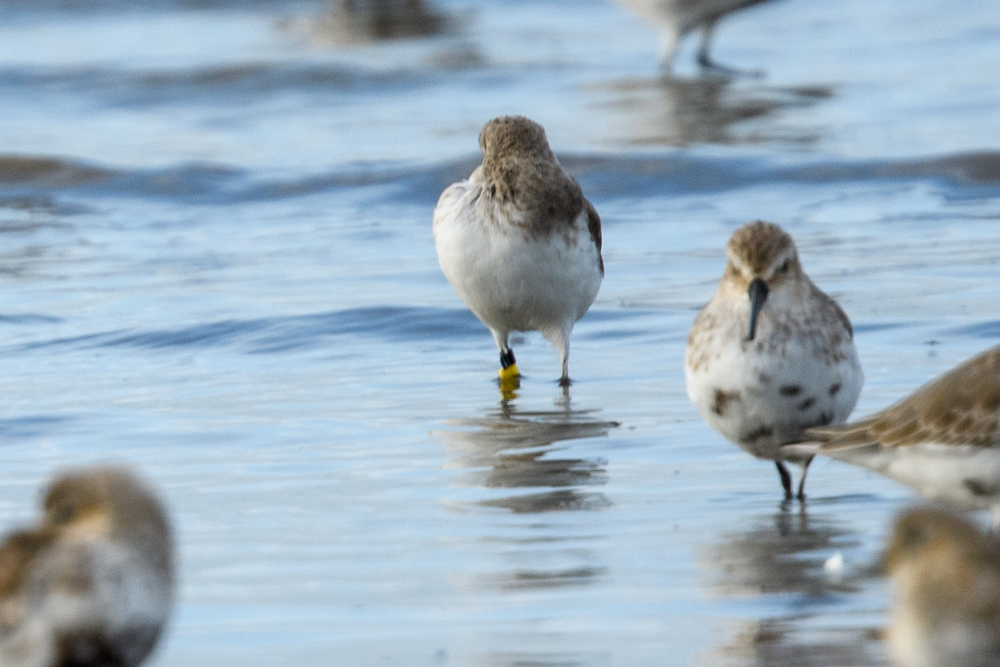
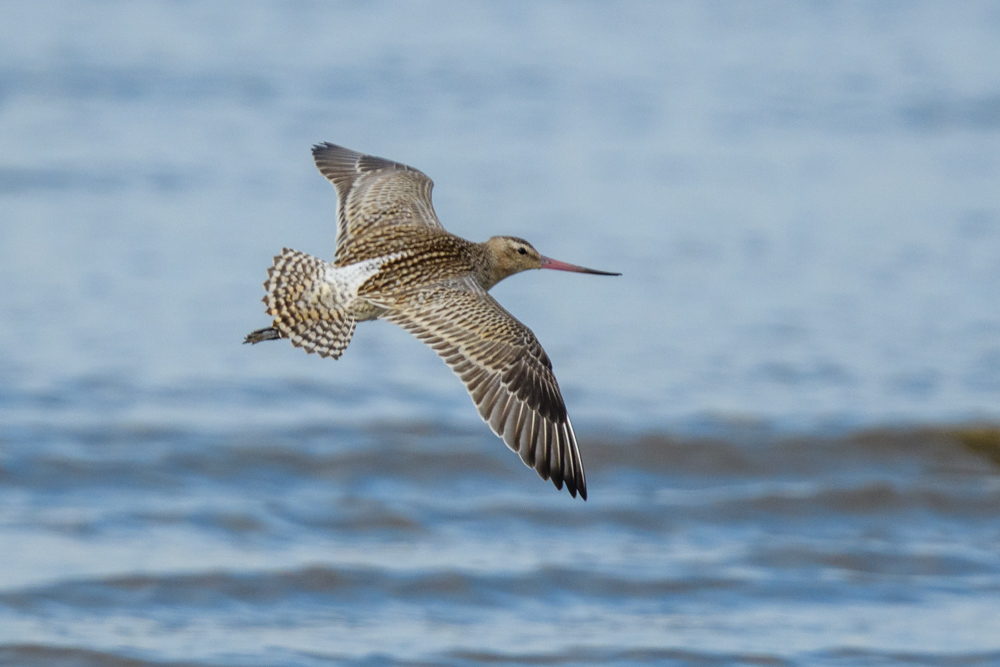
Falcon is not well-liked on the tidal flats. They often appear and chase the flock. It seems to be a young one, and it chases after them unnecessarily and does not get caught at all.

Better light than yesterday. This alone was worth coming out.
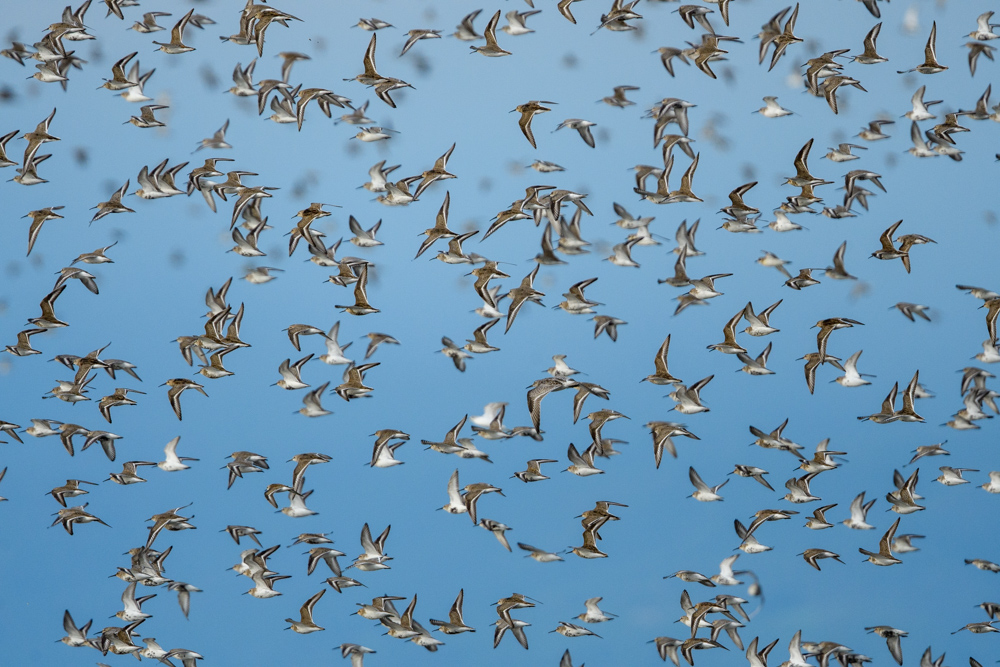
Common Greenshank and Marsh Sandpiper. It is easy to get lost when you see them separately, but when you see them side by side like this, you realize that they are quite different in size. Common Greenshank is about one size larger than Marsh Sandpiper. It would be easier to understand if there was always a scale like this.

Today’s Black-faced Spoonbills were observed much closer. It was still on the shore, with its long beak in the bottom of the water.
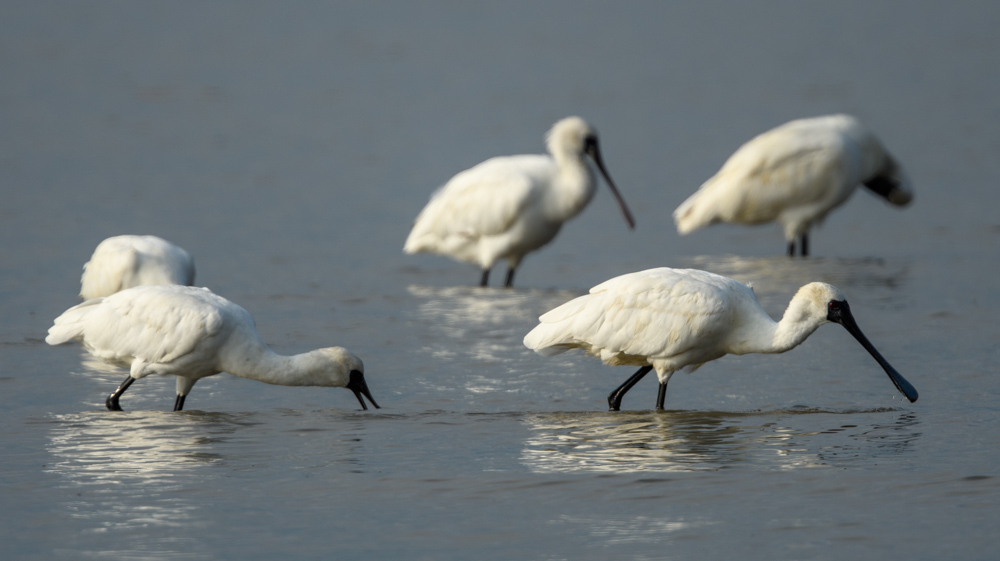
I labeled Broad-billed Sandpipers as they seemed to be flying amongst the flocks of Dunlins, with H being Dunlin (Hamashigi in Japanese) and K being what I thought to be Broad-billed Sandpiper (Kiriai in Japanese). I really wanted to see the white lateral line of the head on Kiriai, but I could not see it well. Broad-billed Sandpiper is one size smaller than Dunlin, and both have a bill that curves slightly downward at the tip, but the former is shorter. The black spots on the belly are found on Dunlins.
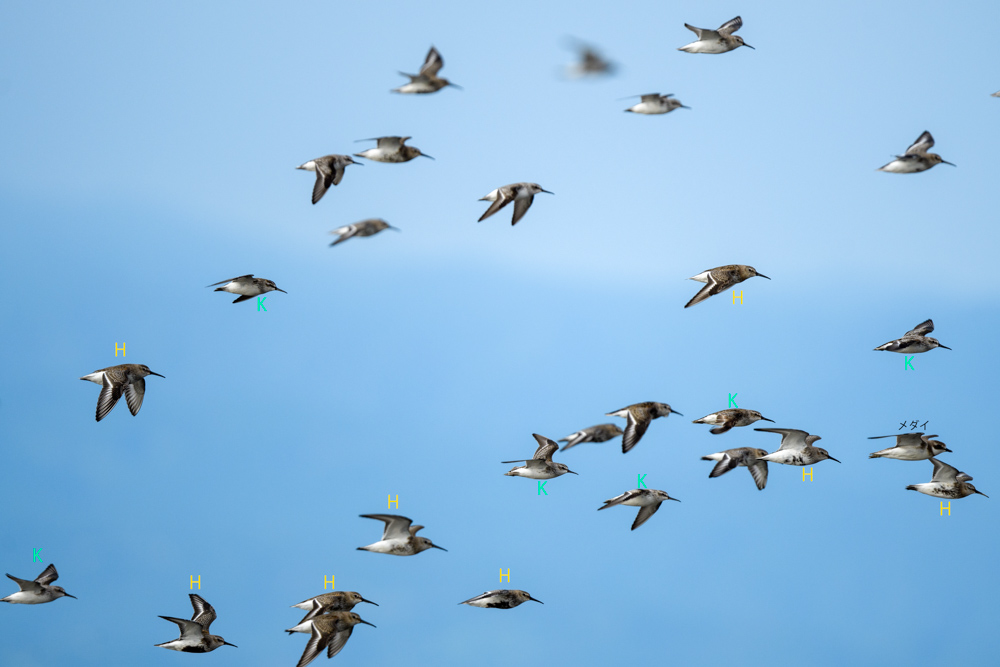
Grey Plovers are surrounded by Suaeda japonica.
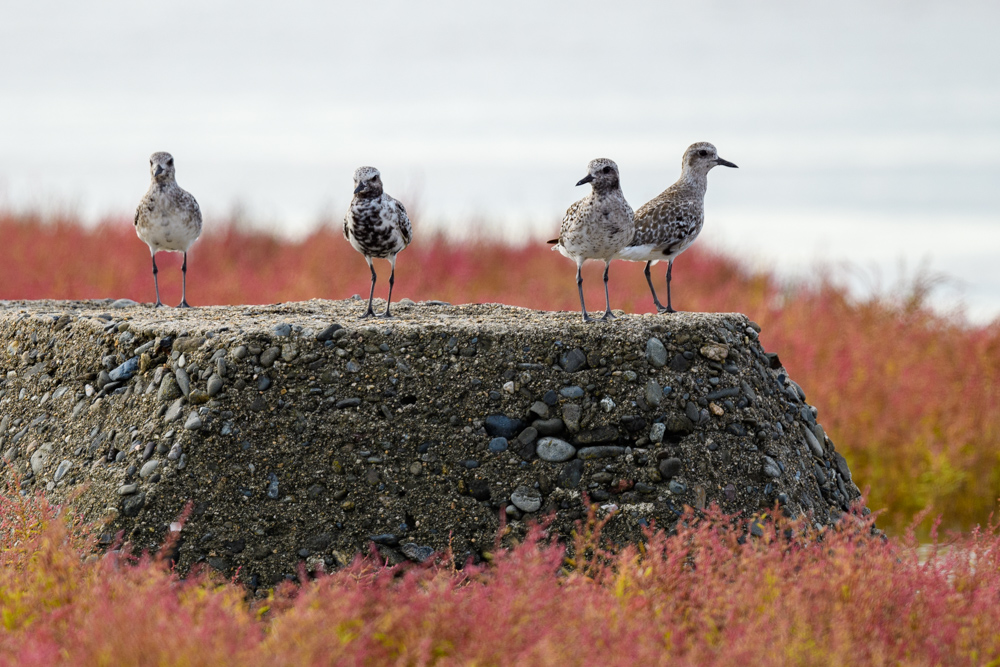
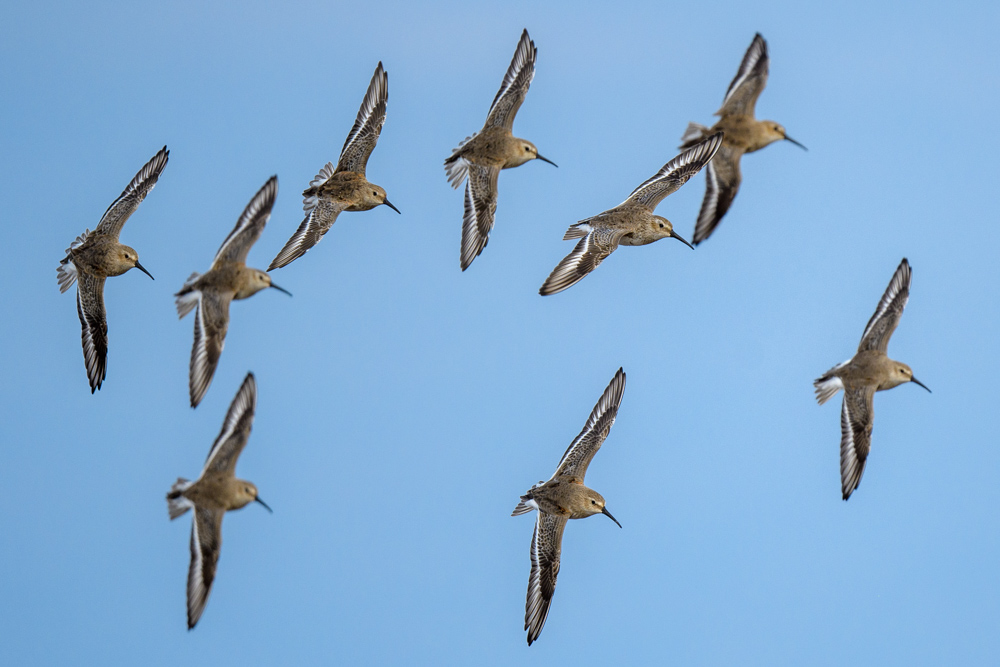
The tide was rising and the birds were coming down inside the fence. A Terek Sandpiper in the corner of the Grey Plovers. So cute.
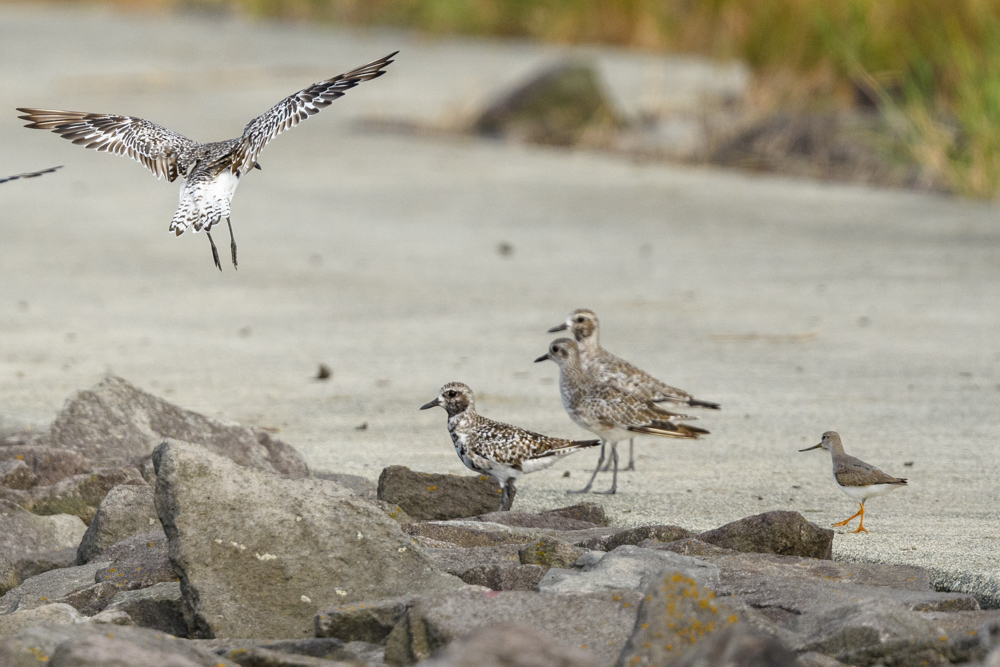
A flock flying away against the backdrop of Suaeda japonica. Various species are mixed together.
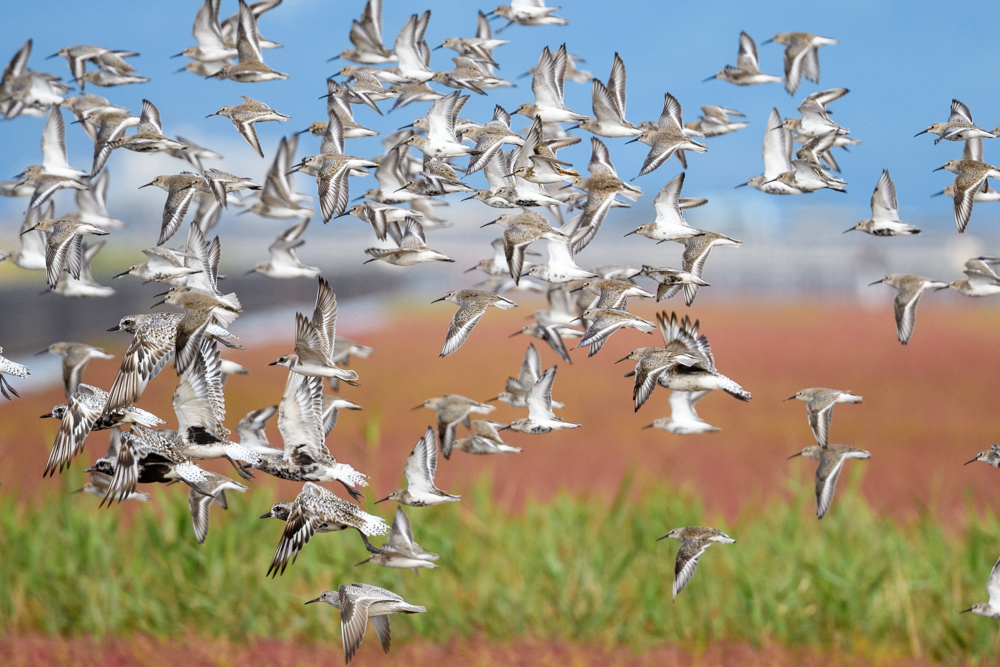
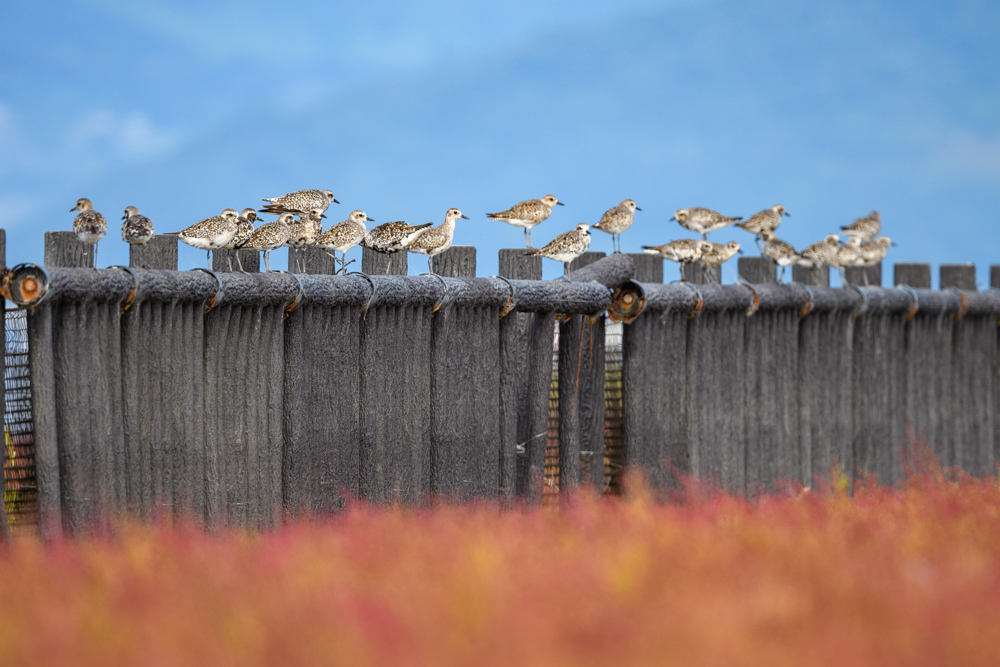
A formation flight of Black-faced Spoonbills, I think, mixed with a non-black face.
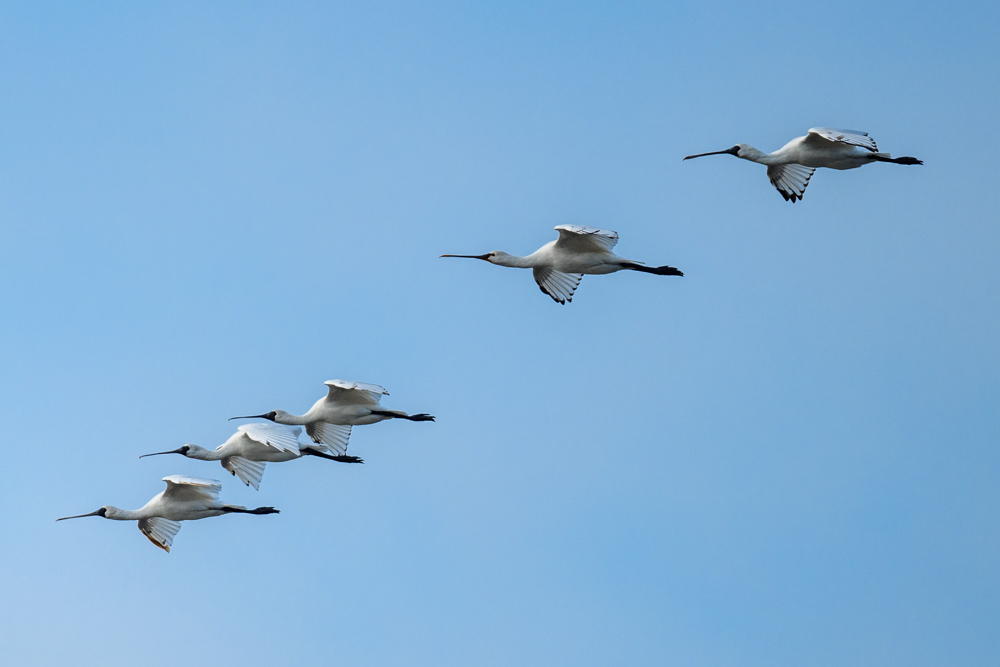
Large sandpipers could also be seen up close.
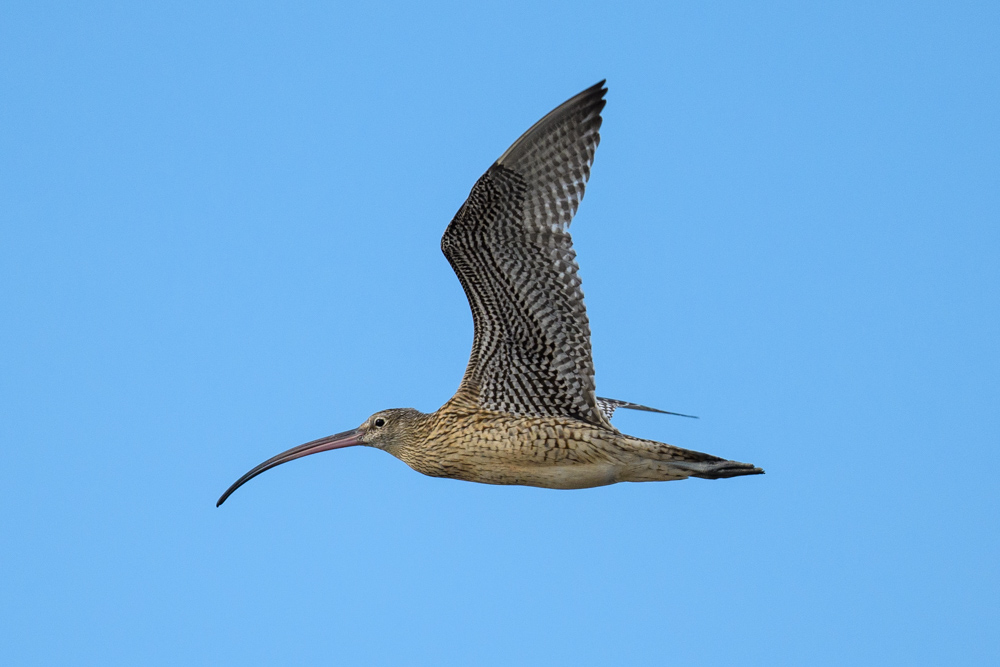
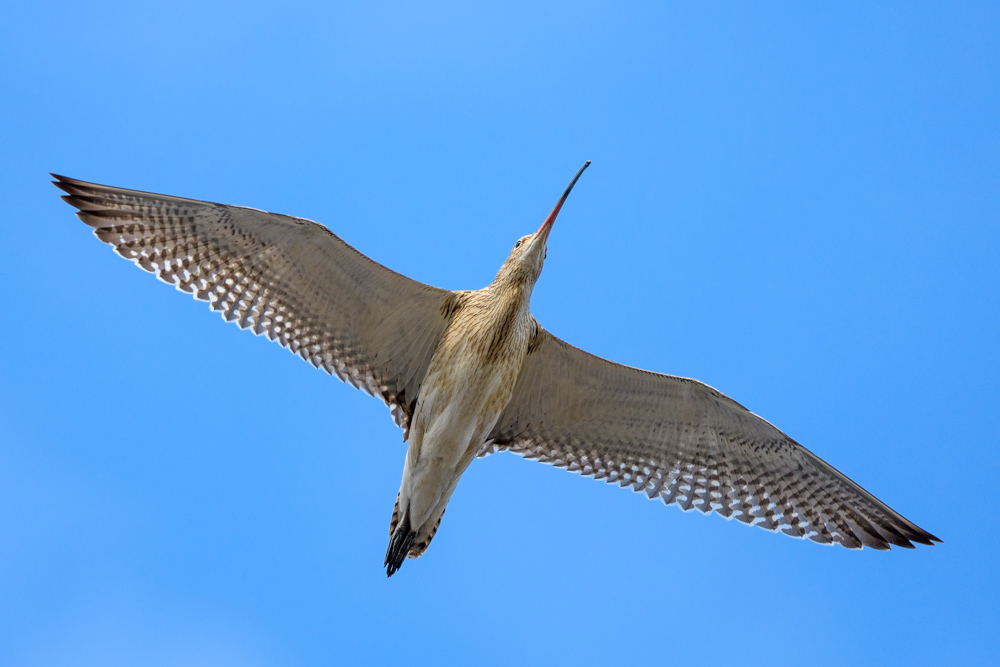
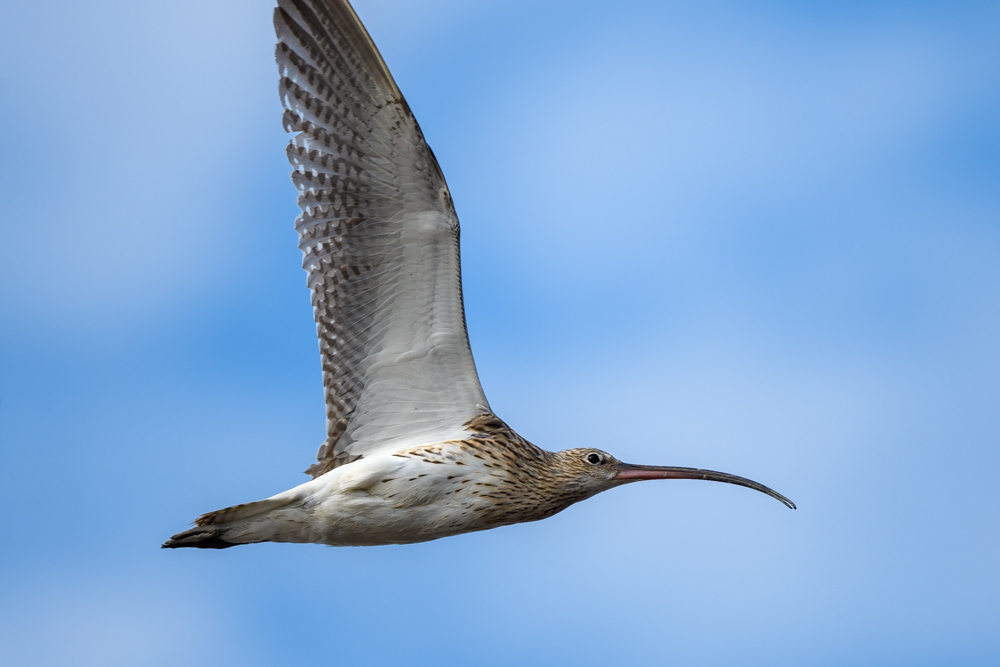
A Northern Goshawk flew out from the land side at low altitude. A juvenile with brownish tinge and vertical spots.
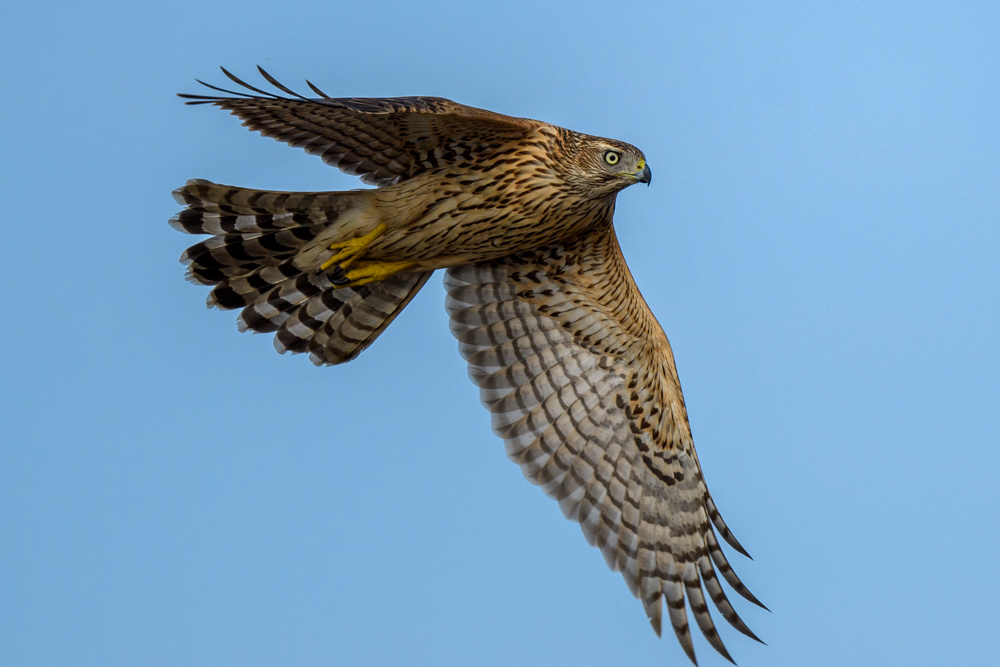
Groups of Far Eastern Curlews and Eurasian Curlews.
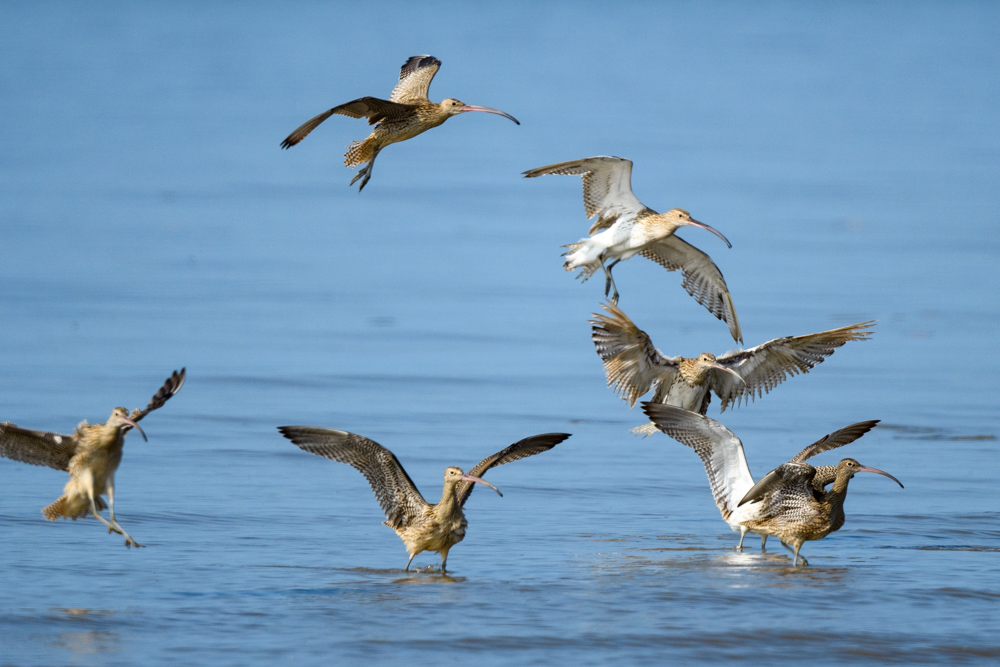
A Black-tailed Godwit is among a flock of Great Knots. The white of the rump and the black of the tail feathers are clearly visible in this pose.
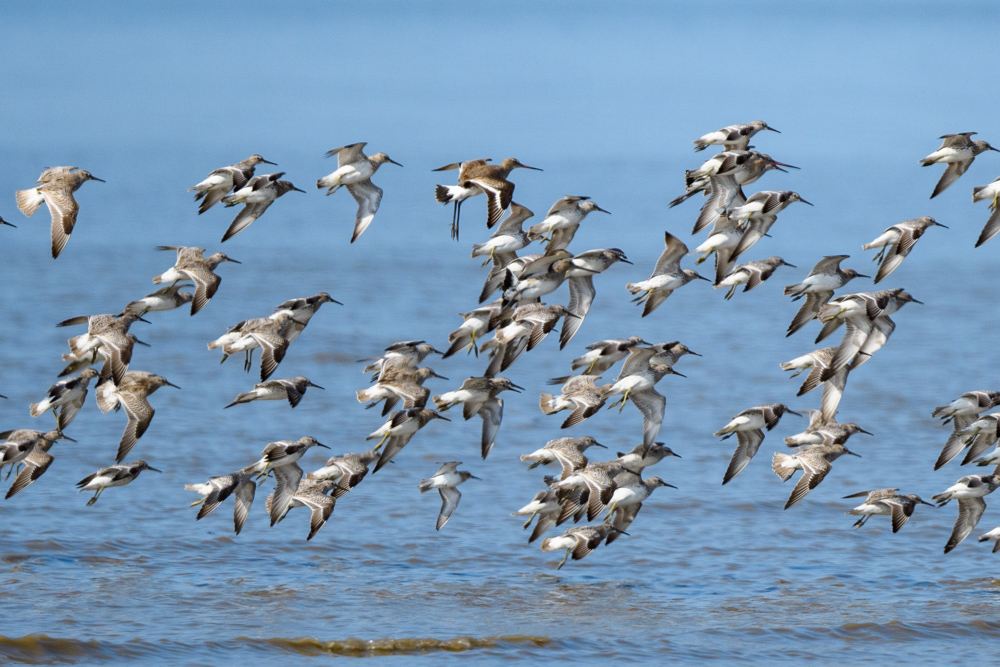
High tide passed and the birds gradually moved away from the area. Great Knots flew to the spot where the Far Eastern Curlews and the Eurasian Curlews were. The Curlews in this photo have a long bill, but when I compared various individuals, I found that the length of the bill varied greatly. The short ones are confusing with Whimbrels.
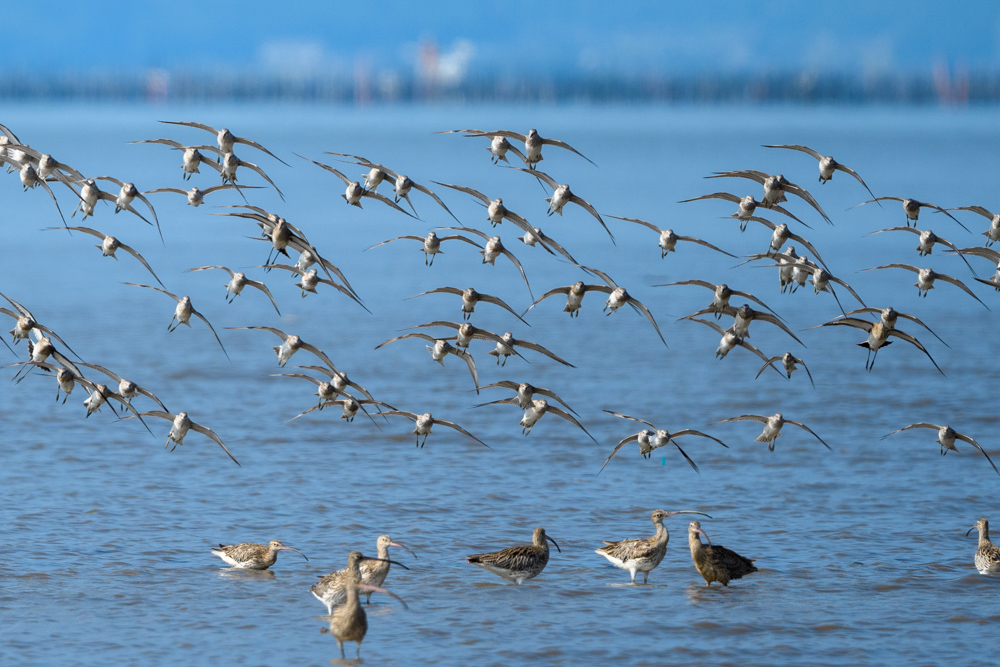
The tide was low and I was running out of time, so I was done. Finally, I took pictures of Bluespotted Mud Hoppers (Mutsugoro) and returned home satisfied.
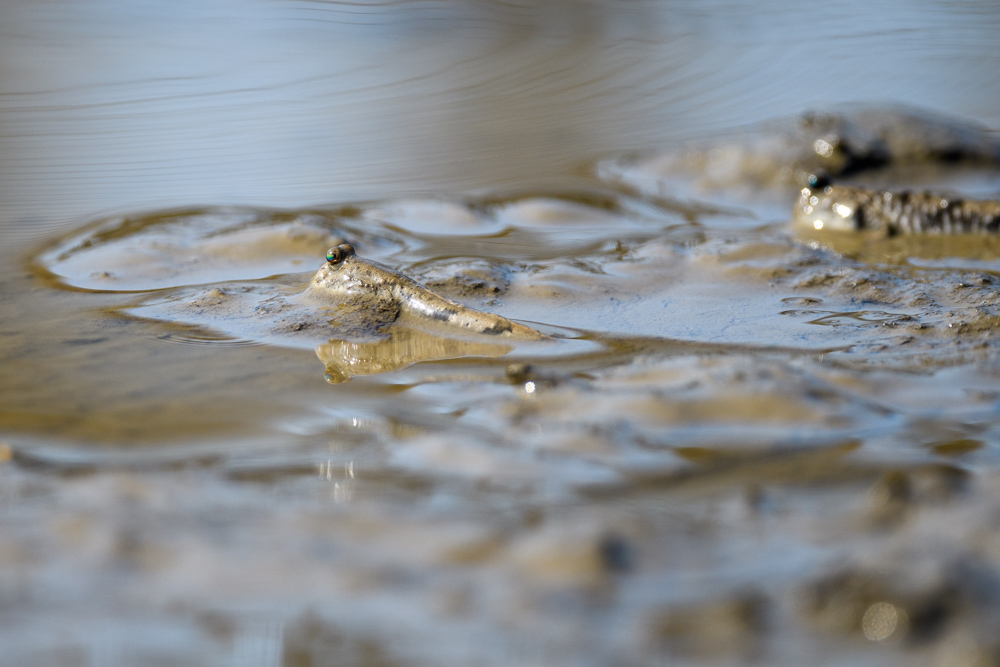
…It’s not a Bluespotted Mud Hopper. The Ariake Sea, where I went on social studies field trips as a child. I thought there were only Bluespotted Mud Hoppers. Mudskippers, huh?
Adults are 15 centimeters long and reach a maximum length of 20 centimeters. They are about twice the size of the Mudskippers, which is also found on mud flats. (translation)
https://ja.wikipedia.org/wiki/%E3%83%A0%E3%83%84%E3%82%B4%E3%83%AD%E3%82%A6
Hmmm, I didn’t know. Next I want to check properly.
